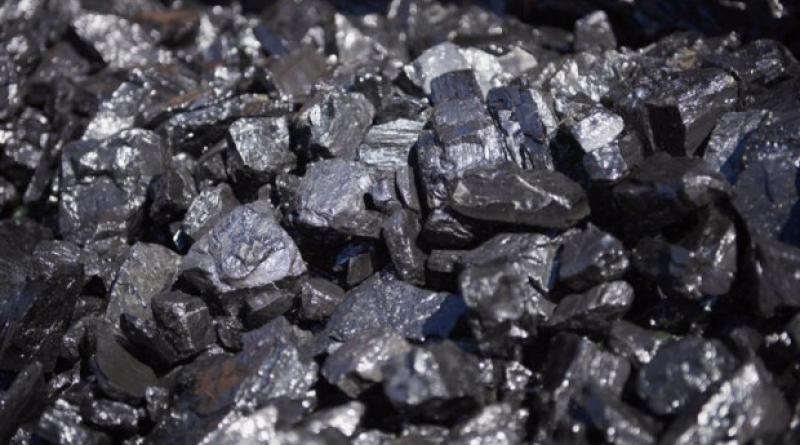Coal financing costs have surged in past 10 years—University of Oxford.

Coal financing costs have surged over the last decade as investors demand returns four times as high as the payoff required from renewable energy projects to justify the risk of investing in fossil fuels, as the world moves towards cleaner energy sources.
A University of Oxford study found that over the same period the cost of investing in renewable energy sources, such as windfarms and solar arrays, has tumbled as the clean energy technologies prove they can be cost-effective and lucrative investments.
The research analysed the cost of financing energy projects by tracking the “loan spreads” offered by lenders which determine how high they expect their returns to be to cover the risk of investing.
Investors typically require wind and solar energy projects to make returns of at least 10% to 11% to account for the low risk of the investment. But for investments in coal, returns need to rocket to 40% to justify the rising risk that a high-polluting project might be left stranded as governments ramp up their climate action ambitions.
The report collated financing costs for renewable energy over a five-year period from 2010 to 2014 compared with loan costs between 2015 and 2020. It found that the cost of financing solar farms has fallen by 20%, while the cost of financing onshore and offshore windfarms has fallen by 15% and 33%, respectively.
But investors are demanding higher returns from coal projects, which has caused their financing costs to climb. Loan spreads for power stations and coal mines have increased sharply, at 38% and 54%, respectively.
19 April 2021
IEEFA




